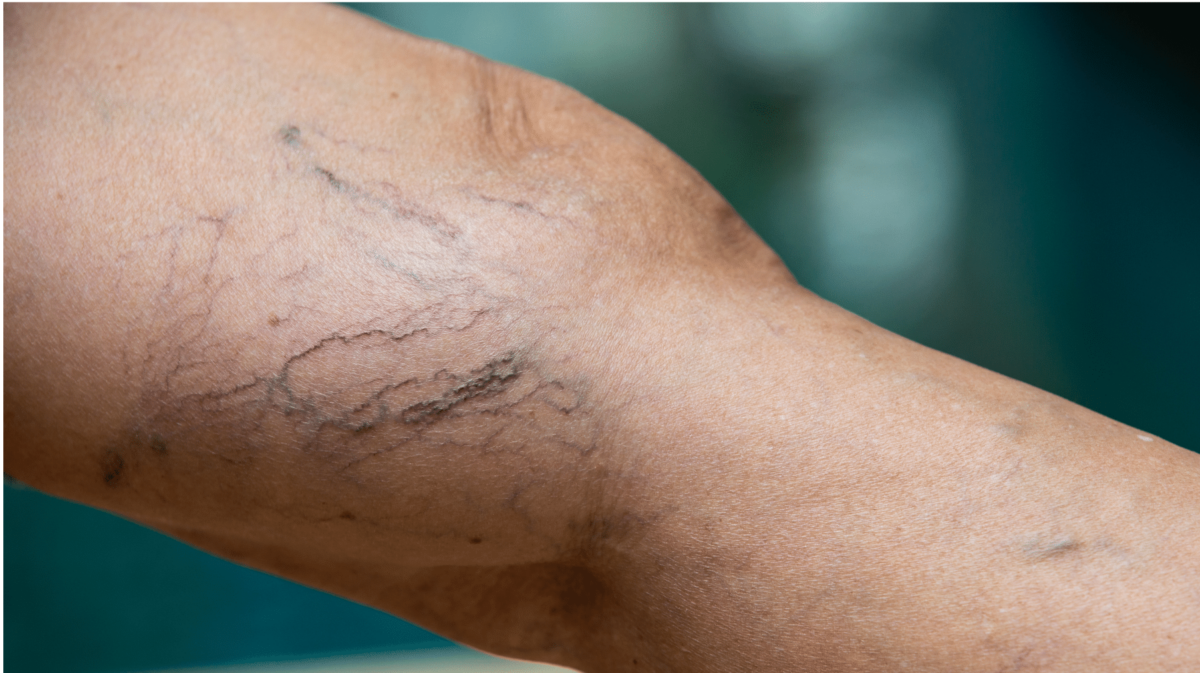Diagnostic radiology aims to provide accurate diagnoses and effective treatment plans that lead to improved patient health outcomes.
Radiologists use diagnostic imaging to see the organs, tissues, and other structures inside the body to identify fractures, tumors, infections, and other conditions. Making accurate diagnoses based on these images requires precision, strict attention to detail, and comprehensive knowledge of anatomy and physiology.
The radiologists of JRA are experts in interpreting images across many diagnostic techniques. They partner with referring providers in the coordination of patient care to ensure the patient receives the right scan with an accurate result at the right time.
Our Radiologists Specialize In:
Body imaging encompasses techniques aimed at diagnosing diseases of the gastrointestinal, genitourinary, cardiac, pulmonary, and musculoskeletal systems. Modalities used to image these organs include fluoroscopy, ultrasound, computed tomography, and magnetic resonance.
Screening and diagnostic breast evaluations are performed using special mammographic views, ultrasound, and MRI. Interventional breast procedures including mammographic and ultrasound guided needle localizations, ultrasound guided cyst aspirations as well as ultrasound and MRI guided core biopsies are available to aid the clinician in the diagnosis and management of breast diseases.
Neuroradiology uses neuroimaging techniques to diagnose and characterize abnormalities in the head and neck, spine, and central and peripheral nervous system. The two main kinds of imaging techniques that neuroradiologists employ are computed tomography (CT) and magnetic resonance imaging (MRI). Our board-certified neuroradiologists are available to assist you in diagnosing central nervous system disorders.
The nuclear medicine physicians are closely involved in diagnosing the presence or extent of occult infection, disease damage, clots, cancers, masses, etc. Many of their procedures also measure the degree of function present in an organ.
Musculoskeletal imaging uses state-of-the-art MRI, CT, ultrasound, and diagnostic radiology to diagnose and assess bones, joints, and associated soft tissues.
Vascular imaging is used to evaluate blood vessels – with the exception of the coronary arteries, which are assessed with a CT scan – and help diagnose conditions associated with abnormal blood flow. Technologies that are used to generate images of the blood vessels include: vascular ultrasound, computed tomography (CT), and magnetic resonance imaging (MRI).






